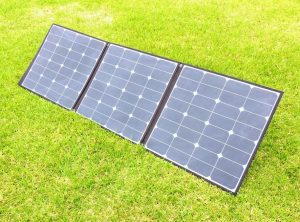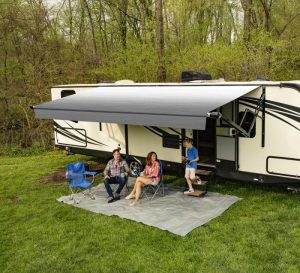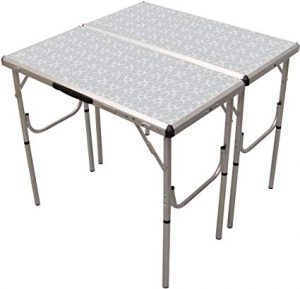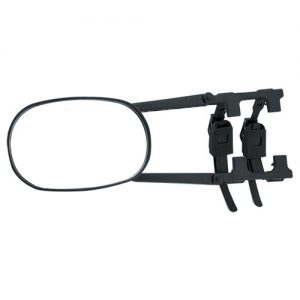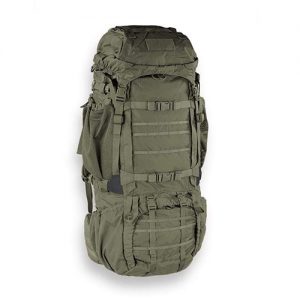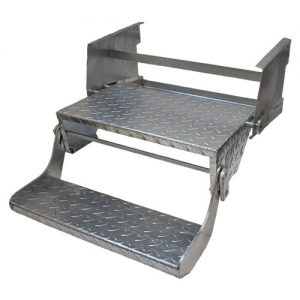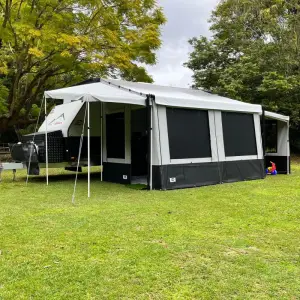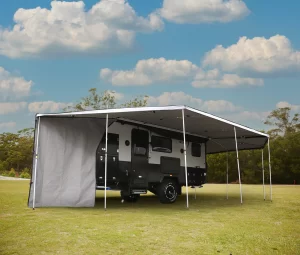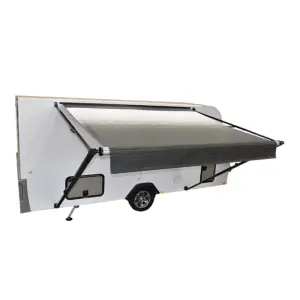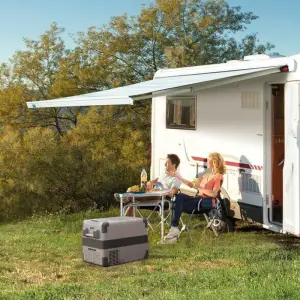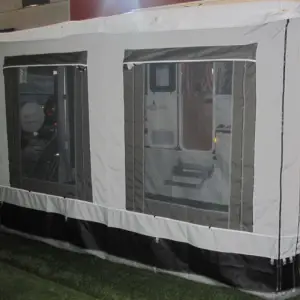Best Caravan Annexes for Australia [2023]
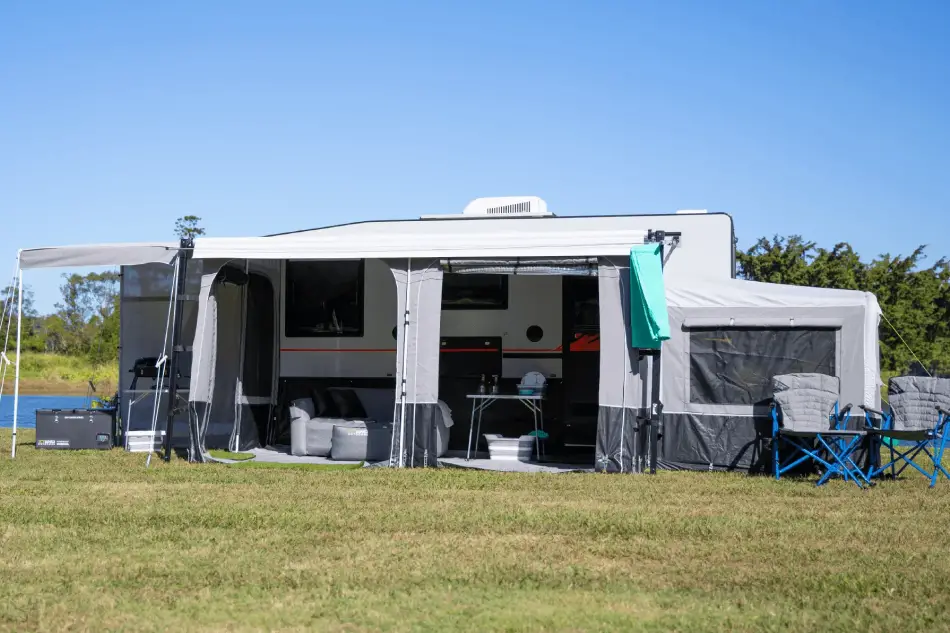
Embarking on a caravan adventure offers the perfect blend of comfort and freedom, and adding a caravan annex to your setup can elevate the experience to a whole new level. A caravan annex is more than just an extension of your living space; it’s your gateway to the great outdoors. But selecting the right annex is a decision that requires careful consideration.
With an array of options available, it’s essential to know what factors matter most to you. In this guide, tailored for camping and touring enthusiasts like myself, we’ll delve into the key aspects to ponder when choosing a caravan annex. Whether you seek extra space for relaxation, storage, or both, this guide will help you make an informed choice for your caravan adventures.
Main things to Consider when choosing Caravan Annexes
- Size and Layout
- Material and Durability
- Ease of Setup
- Ventilation
- Weather Resistance
- Annex Accessories
- Storage Options
- Compatibility
- Privacy and Screens
- Weight and Portability
- Budget
- Brand and Reviews
- Warranty and Customer Support
- Local Regulations
Based on our findings, we have selected 5 Tyre Deflator that we find the best for the Australian caravan and camping enthusiast.
Our top 5 Caravan Annexes for 2025
Based on our findings, we have selected 5 Caravan Annexes that we find the best for the Australian caravan and camping enthusiast.
- Kakadu Annexes & Canvas Awnings: Known for their quality and durability, Kakadu annexes were favored for their customizability and resistance to harsh Australian weather conditions.
- Supa-RV Australia Caravan Annex: Supa-RV annexes were praised for their ease of installation and versatility, making them a popular choice among caravan enthusiasts.
- Carefree Fiesta Roll-Out Awning Annex: Carefree’s roll-out awning annexes offered convenience and added living space. They were appreciated for their user-friendly design.
- Dometic PerfectWall 1500 Awning Annex: Dometic’s PerfectWall annexes were recognized for their compatibility with Dometic awnings and their ability to create a comfortable outdoor living area.
- Jayco Bag Awning Annex: Jayco annexes were known for their compatibility with Jayco caravans and their simple setup, making them a go-to choice for Jayco owners.
Please note that the rankings and availability of specific models may change over time, so it’s crucial to conduct further research and check for the most up-to-date reviews and recommendations from reputable sources before making a purchase. Additionally, always ensure that any Caravan Annexes you choose complies with safety standards and regulations in Australia.
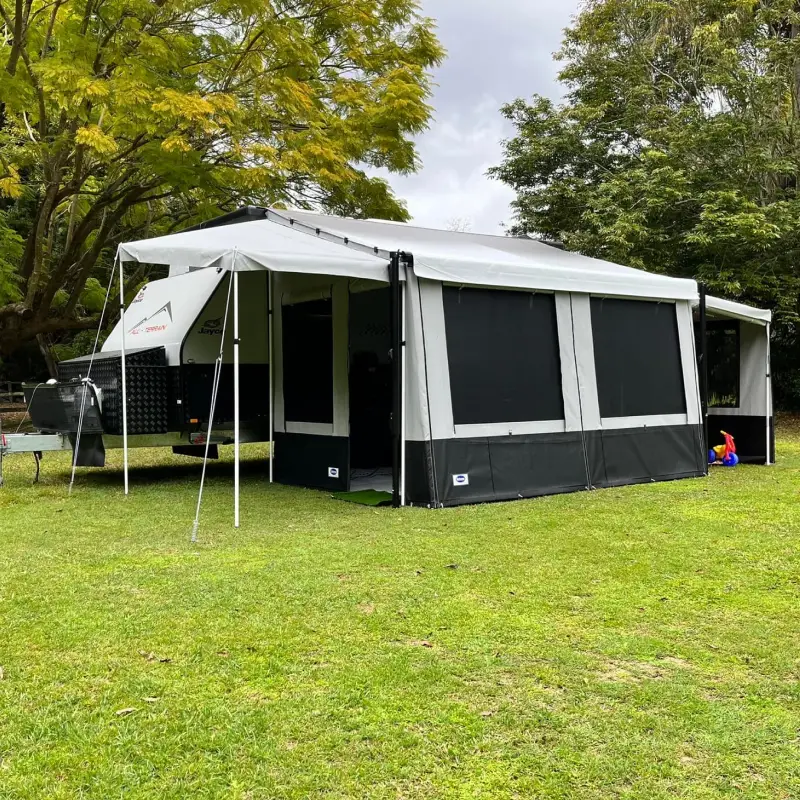
Kakadu Annexes & Canvas Awnings
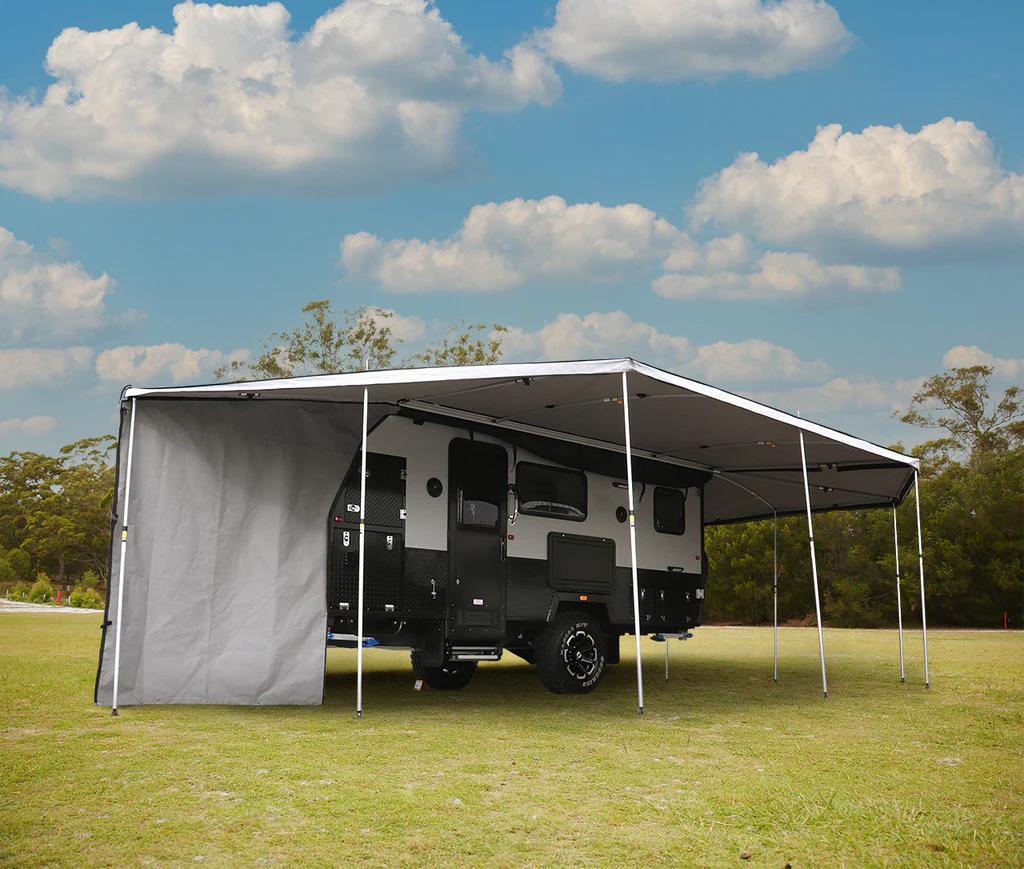
Supa-RV Australia Caravan Annex
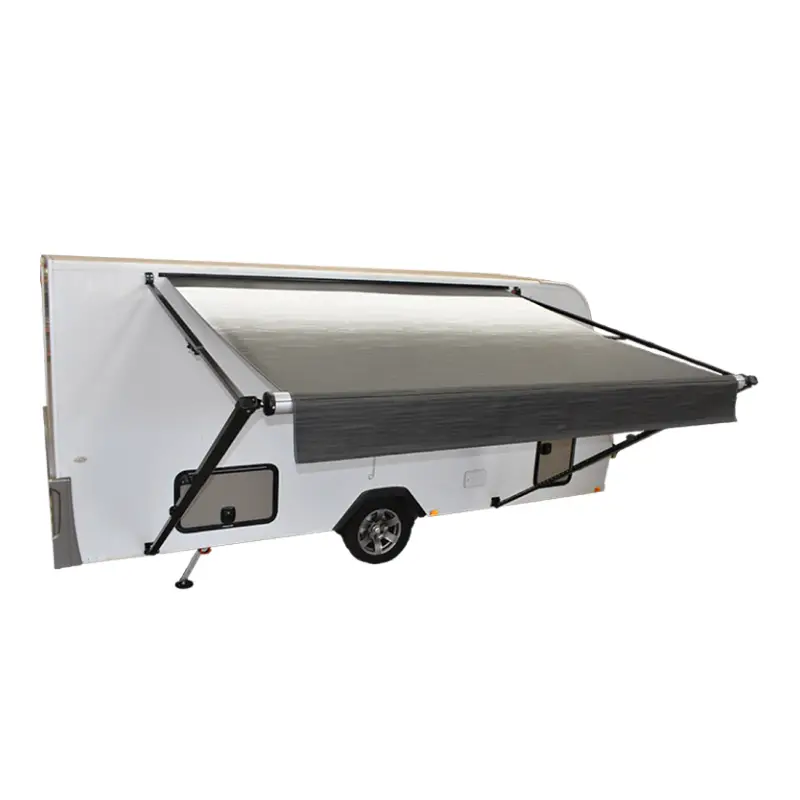
Carefree Fiesta Roll-Out Awning Annex
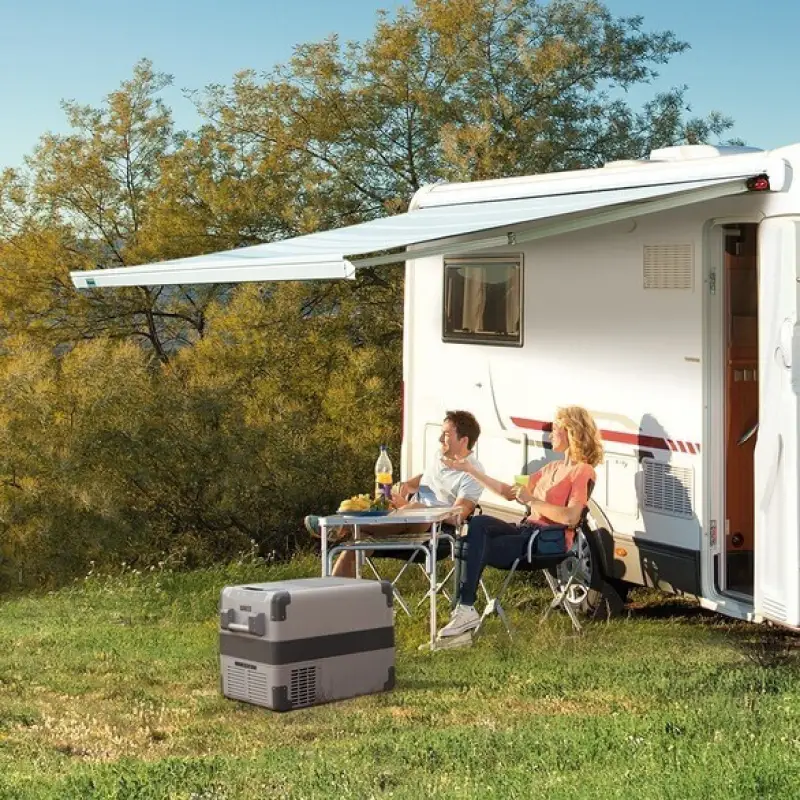
Dometic PerfectWall 1500 Awning Annex
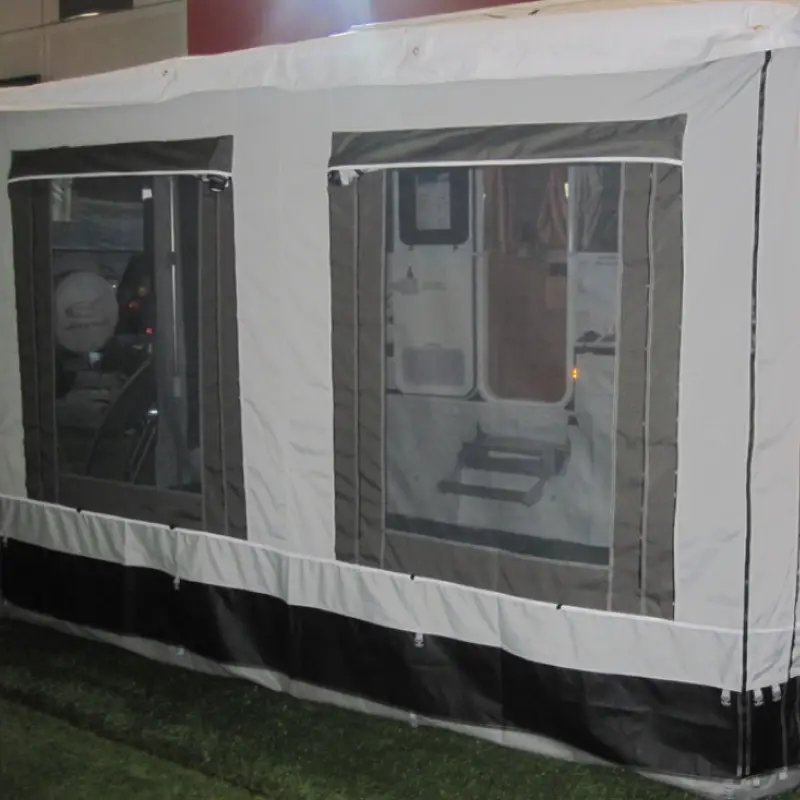
Jayco Bag Awning Annex
What to look for: Caravan Annexes
Embarking on a caravan adventure offers the perfect blend of comfort and freedom, and adding a caravan annex to your setup can elevate the experience to a whole new level. A caravan annex is more than just an extension of your living space; it’s your gateway to the great outdoors.
But selecting the right annex is a decision that requires careful consideration. With an array of options available, it’s essential to know what factors matter most to you. In this guide, tailored for camping and touring enthusiasts like myself, we’ll delve into the key aspects to ponder when choosing a caravan annex. Whether you seek extra space for relaxation, storage, or both, this guide will help you make an informed choice for your caravan adventures.
Size and Layout
Determine the size and layout that best suits your needs, whether it’s a full awning annex or a simpler shade annex. Think about the space required for sleeping, dining, storage, and other activities.
Material and Durability
Consider the material of the annex fabric, poles, and zippers. High-quality materials like ripstop canvas or polyester offer durability and weather resistance.
Ease of Setup
Evaluate how easy it is to set up and pack down the annex. Quick and straightforward assembly can save time and frustration.
Ventilation
Adequate ventilation is crucial for comfort. Look for annexes with mesh windows, vents, and adjustable panels to regulate airflow.
Weather Resistance
Ensure the annex can withstand different weather conditions. Look for features like UV resistance, waterproofing, and a strong frame to handle wind.
Annex Accessories
Consider any additional accessories or features you need, such as annex floors, inner tents, or awning walls, to customize your setup.
Storage Options
Think about storage solutions within the annex, such as pockets, hooks, and storage compartments, to keep your camping gear organized.
Compatibility
Ensure the annex is compatible with your caravan’s size and model. Double-check attachment methods and compatibility with your caravan’s awning.
Privacy and Screens
Assess the level of privacy you require. Some annexes come with privacy screens or curtains for added seclusion.
Weight and Portability
Keep weight in mind, especially if you have weight restrictions. Lightweight annexes are easier to transport and may not affect your caravan’s towing capacity.
Budget
Set a budget and explore options within that range. Annexes come in various price points, so finding one that aligns with your budget is essential.
Brand and Reviews
Research reputable brands and read customer reviews to gauge the performance and durability of the annex you’re considering.
Warranty and Customer Support
Check the manufacturer’s warranty and the availability of customer support in case you encounter issues or have questions.
Local Regulations
Be aware of any local or regional regulations regarding annex use in campgrounds or caravan parks. Some areas may have specific requirements.
Key Takeaways
By carefully considering these factors, you can choose a caravan annex that complements your camping and touring style, providing the comfort and convenience you need for memorable outdoor adventures.
FAQs
Q: What is a caravan sway bar, and why do I need one?
A: A caravan sway bar, also known as a sway control system or sway control hitch, is a device designed to reduce or eliminate trailer sway while towing. It’s essential because it enhances safety by preventing dangerous trailer sway, providing a more stable and controlled towing experience.
Q: How does a caravan sway bar work?
A: Caravan sway bars typically work by applying friction or tension to the trailer’s movement, counteracting sway before it becomes severe. This helps maintain control of the caravan, especially in windy conditions or when passing large vehicles.
Q: Are caravan sway bars necessary for all towing situations?
A: While not always necessary, caravan sway bars are highly recommended for larger and heavier caravans, as well as in windy or adverse weather conditions. They enhance stability and safety, making towing more manageable.
Q: Are there different types of caravan sway bars?
A: Yes, there are various types of sway control systems, including friction sway bars and weight distribution hitch sway bars. The choice depends on your specific towing setup and needs.
Q: How do I determine the right size and type of sway bar for my caravan?
A: To determine the right sway bar, consider factors such as your caravan’s size, weight, towing vehicle, and the type of terrain you’ll encounter. Consulting with experts or reading manufacturer guidelines can help you make an informed decision.
Q: Can I install a caravan sway bar myself, or should I seek professional help?
A: Many sway control systems can be installed by experienced DIY enthusiasts. However, for optimal safety and performance, it’s advisable to follow the manufacturer’s instructions carefully or seek professional installation.
Q: Do caravan sway bars affect towing vehicle fuel efficiency?
A: While some reduction in fuel efficiency may occur due to the added weight and resistance of a sway control system, the safety benefits outweigh the minimal impact on fuel efficiency. Properly controlling sway prevents accidents, which is the top priority.
Q: Can I leave a caravan sway bar on while towing, or should it be removed when not needed?
A: Sway bars should be removed when not towing to prevent unnecessary wear and tear. They are designed to provide sway control during towing, and leaving them on when not towing can affect their performance and longevity.
Q: Are there maintenance requirements for caravan sway bars?
A: Yes, sway bars may require periodic maintenance, such as lubrication or adjustment, depending on the type and model. Regularly inspect your sway control system and follow the manufacturer’s maintenance guidelines.
Q: Are there any legal regulations or requirements related to caravan sway bars?
A: Regulations regarding caravan sway control devices may vary by region or country. It’s essential to check local laws and regulations to ensure compliance with safety standards and requirements for towing caravans with sway control systems.
Bryan Bonifacio
More Great Camping Gear and Products
Sign up for our Newsletter
Get the latest bird and wildlife hints and tips delivered to your inbox.



